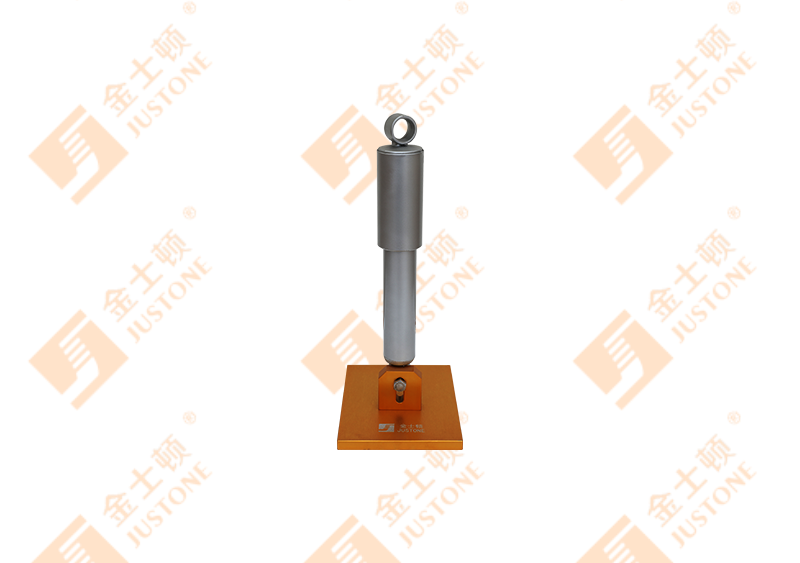Didn't find a product that suits you?
Contact us for the latest news.
Heavy truck chassis shock absorbers play a crucial role in ensuring vehicle stability, safety, and comfort. These components are designed to absorb and dissipate energy generated by uneven road surfaces and heavy loads, minimizing vibrations and jolts transmitted to the vehicle cabin and cargo. Understanding the impact of shock absorbers on the comfort of loaded vehicles is essential for fleet operators, drivers, and maintenance teams.
Shock absorbers are hydraulic or pneumatic devices attached to the truck's suspension system. Their primary function is to control unwanted movement of the chassis and suspension, thereby enhancing ride quality and handling.
When a loaded truck travels over uneven roads, the chassis experiences vibrations and oscillations. Shock absorbers dampen these movements by converting kinetic energy into heat, reducing the amplitude of vibrations felt in the cabin and minimizing cargo shift.
Shock absorbers help maintain even weight distribution across axles, preventing excessive sagging or bouncing under heavy loads. This balanced support improves vehicle stability and ensures that the ride remains smoother, even with maximum cargo.
Different types of shock absorbers are used in heavy trucks, each with unique performance characteristics that affect comfort.
Hydraulic shock absorbers use fluid to dampen vibrations and control suspension movement. They are widely used due to their reliability and effectiveness in reducing vertical and lateral oscillations, providing a more comfortable ride for heavily loaded trucks.
Gas-charged shock absorbers contain pressurized gas that helps reduce foaming and maintains consistent damping performance under heavy loads. These absorbers improve stability and comfort during long-haul operations.
Progressive shock absorbers provide variable resistance depending on load and road conditions. They offer a softer response on minor bumps while firming up during heavier impacts, optimizing comfort and cargo protection simultaneously.
The comfort of a loaded truck is influenced by multiple factors related to the shock absorbers and suspension system.
Heavier loads increase the stress on shock absorbers, potentially reducing damping efficiency if the absorbers are not rated for the weight. Properly distributing cargo across the axles ensures shock absorbers operate within their optimal range, maintaining ride comfort.
Uneven or rough roads amplify vibrations transmitted to the chassis. High-quality shock absorbers are crucial to absorb these irregularities effectively, reducing driver fatigue and cargo damage.
Worn or damaged shock absorbers lose their damping efficiency, leading to increased bouncing, vibrations, and reduced comfort. Regular inspection and timely replacement of faulty shock absorbers are essential to maintain optimal performance under loaded conditions.
Evaluating how shock absorbers affect comfort involves both subjective and objective measures.
To enhance comfort in loaded trucks, consider the following strategies:
Heavy truck chassis shock absorbers significantly influence the comfort of loaded vehicles. By reducing vibrations, maintaining proper load distribution, and providing stable handling, high-quality shock absorbers improve driver experience and protect cargo. Choosing the right type of shock absorber, maintaining it properly, and considering load and road conditions ensure that even fully loaded trucks can operate comfortably and safely over long distances.
